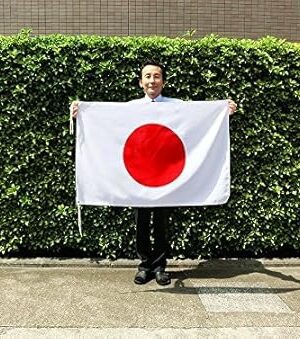#
Amazon Affiliate Linked Japanese Goods Shop
-
Sale!
Miccostumes Anime Corps Cosplay Costume Uniforms
Original price was: $50.$40Current price is: $40. Check it out on Amazon -
Sale!
Men’s Kimono Jimbei SIJIRAORI 100% Cotton
Original price was: $88.$72Current price is: $72. Check it out on Amazon
The Tokyo Promenade of History and Culture
Tokyo Walking Courses such as the Tokyo Promenade of History and Culture (aka 東京歴史と文化の散歩道) unveil the layers of Tokyo, from ancient echoes to vibrant modernity!
23.74 km in Total Length
Stroll along the Old Kamakura Kaido
Nagayama Station to Fuchu Station
Kamakura Kaido is a medieval road that connected the shogunate of Kamakura with the capitals of various countries. The area from Nagayama Station to Fuchu via the Tamagawa River was a strategic point on the Kamakura Highway. Kumano Shrine contains the ruins of a checkpoint established in 1213. A hundred years later, a great battle that led to the overthrow of the shogunate took place at Bubaigawara, a checkpoint across the Tama River. After passing through the ruins of these ancient battlefields, head to Okunitama Shrine.Walk around Kokufu and Kokubunji
Fuchu Station – Kokubunji Station
Okunitama Shrine is famous for the Kurayami Festival in May. It is an old shrine where Kunizo Musashi served as the priest until the Taika Reform (645), and it is said that the Kokucho (national government office building) that was placed after the reform was located near the current shrine. Pass through the zelkova trees at Baba Daimon Gate and head towards Kokubunji. Musashi Kokubunji was once one of the largest temples in Japan, with a seven-storied pagoda 60m high. Numerous ruins scattered around the area testify to the vastness of the temple area.Hake no Michi Tamagawa Josui Walk
Kokubunji Station – Koganei Park
From Tonogayato Garden south of Kokubunji Station, walk along the cliffs to the east along the brush path with flowing spring water. Visit the famous Koranaisenen garden, which skillfully incorporates spring water, and the Koganei water, from which the name of Koganei is derived, and then head to Musashi-Koganei Station. From the station, head north towards Koganei Park. Tamagawa Josui, which flows along the Itsukaichi Road in front of the park, has regained its clear water in recent years. The tradition of Koganei cherry blossoms, a scenic spot dating back to the Edo period, has been passed down from the Tamagawa River to Koganei Park.Kodaira Shinden walk
Kokubunji Station to Shin-Kodaira Station
Pass through Kokubunji Station north and tour Koigakubo. Koigakubo, which prospered as a post town on the Kamakura Kaido in the Middle Ages, is famous for the tragic love story between the prostitute Shukuzuma no Taifu and the military commander Hatakeyama Shigetada. Go north from Koigakubo to Tamagawa Josui. Tamagawa Josui was completed in 1653. At the time, it was said to be the largest water supply system in the world, and the diversion of water from the water supply encouraged the development of farmland in Musashino. Kodaira is a town that was born from the new rice field development along the Ome-Itsukaikaido Road.














